This article contains minor spoilers for the final season of Orange Is The New Black.
We may take it for granted now, but when Orange Is The New Black first debuted on Netflix in 2013, streaming was still in its early days, and the idea of settling down to watch a new series on your computer was actually quite the novelty.
The show also broke new ground in other areas, primarily the way it told women’s stories – not only thanks to its seriously impressive female cast, but with the way themes like racism, mental health and transgender issues were explored.
While some were skeptical about whether it was realistic to expect people to watch hours’ worth of television on a screen that wasn’t their TV, the show has gone on to be a huge hit. It has scooped 16 Emmy nominations in total (including four wins), making huge successes of stars like Laverne Cox, Samira Wiley and Uzo Aduba and started important conversations about the justice system and beyond.
After seven years, the doors to Litchfield prison have now closed for good, with the final season now available to stream on Netflix. To mark the occasion, we reflected on some of the show’s biggest and most important moments, with its long-standing executive producer Tara Herrmann...
Piper meets the other inmates
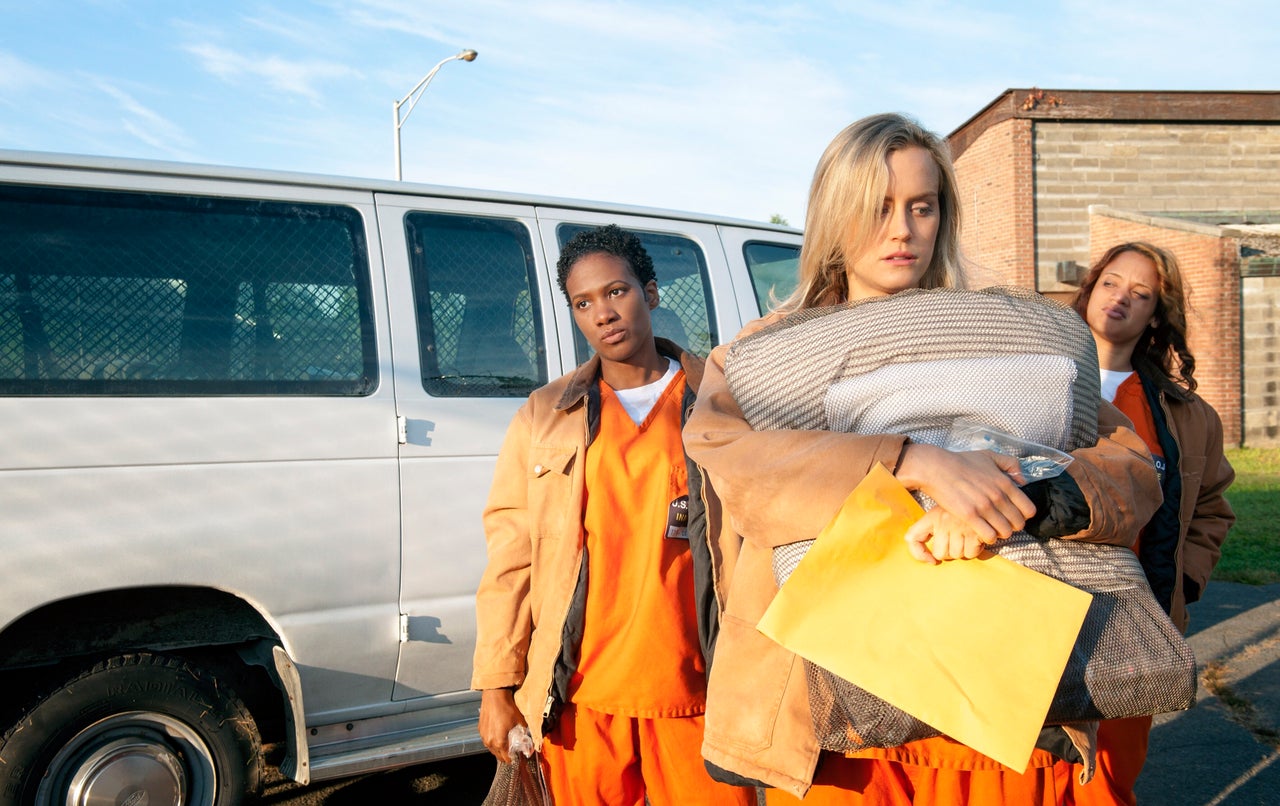
We meet Piper in episode one, as she enters prison. What was the process like when you were putting the protagonist together?
It’s been said that Piper served as a Trojan horse into this [prison] world, so to speak. We didn’t plan on that being the case necessarily, but we did identify in the book that Piper Kerman wrote that there were characters that were ripe and rich and people that we wanted to explore further… so, going in, Piper was going to be the entrée to be able to dissect a category of women that hadn’t been seen on TV before.
So the idea was that as Piper meets people for the first time, so do we, and so we make the same judgements as her as she gets to know them?
I don’t know if it was 100% on purpose, but we needed the audience to digest prison in a way that felt familiar, and I think Piper’s eyes were the best way to do that. Throughout the seasons, we dove deeper and deeper and were able to have the audience follow us on that journey, because I think we slowly rolled out the rules and the prison landscape.
The best example of how things have changed is probably the character of Suzanne, and the way she’s been perceived over the years – from when we first met her as “Crazy Eyes” to later series, when we get to know her better. Was that always the plan for her trajectory?
The actress who plays Suzanne, Uzo Aduba, is a star, and just wowed us with her performance. And there’s a world where you can kind of just keep her as a punchline – she delivers funny like nobody – but, we hoped that with all of our characters, that nobody would be just a punchline, we wanted to make sure they were rich and fully developed.
With Suzanne, there was a lot we could get into with mental health and neurodiversity, and we were excited to tell those stories. We presented it throughout the series, but then really dug in in the last two seasons.
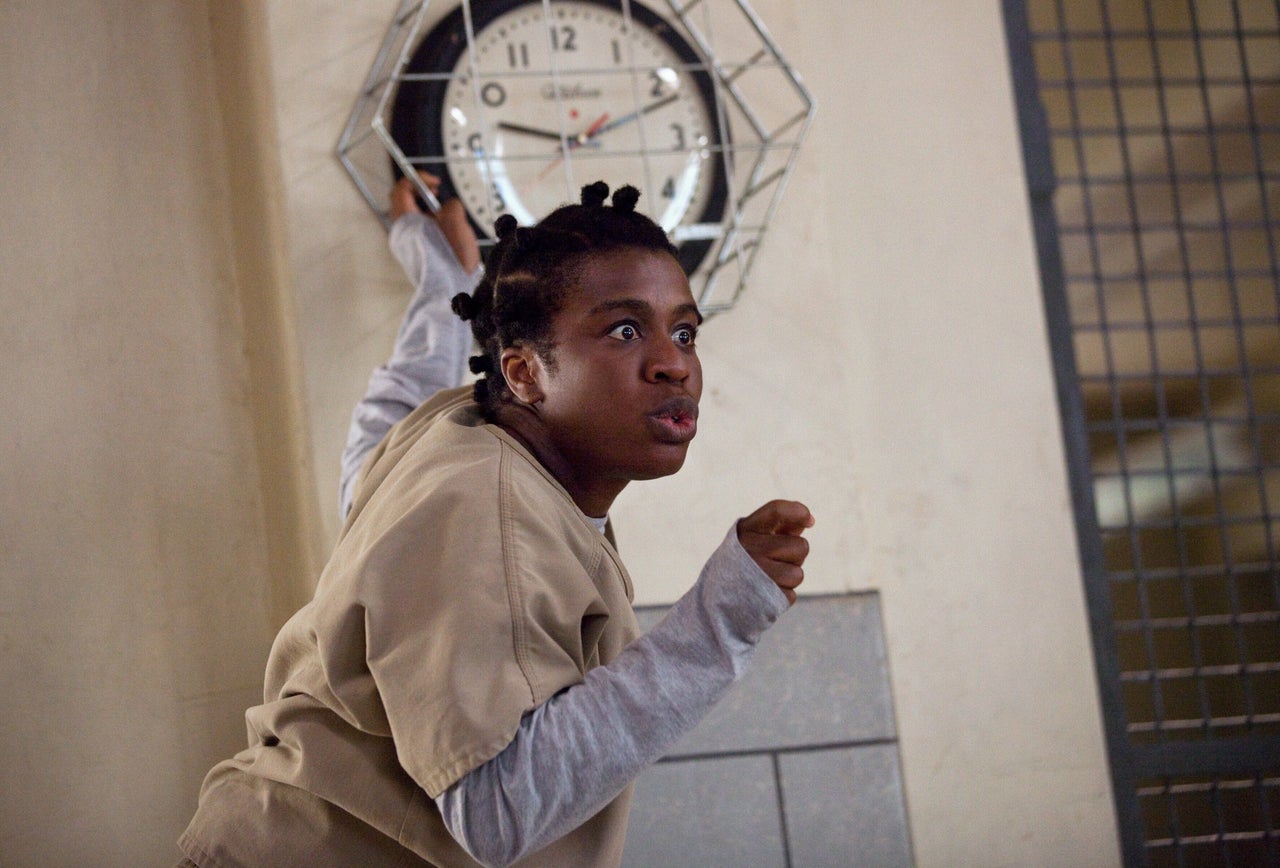
Did it surprise you how popular Suzanne has become, considering how the character was portrayed in the first series?
I think great talent is undeniable.
A lot of the criticism towards Piper is that she wasn’t always a likeable protagonist. Was that always the intention?
It’s unfortunate that that’s the case. It breaks my heart for the actress, Taylor Schilling, that she dealt with that in real life, that people had a love/hate relationship with Piper. That was definitely not our intention, but I think given just where we are in the world, and the idea of white privilege, a character like Piper juxtaposed to people who have dealt with a lot of different sorts of traumas in their life, she was therefore seen as somebody who had it much easier and therefore became unlikeable (to some!).
Did you deliberately amp up this idea of Piper being unlikeable in later seasons as a response?
We try not to really let the audience’s feelings colour how we develop a character. We didn’t lean in one way or the other because of that, but we wanted to take Piper on a journey, and part of it is looking in the mirror and dealing with being truthful and honest to who she is in our society. What a white woman with an upper middle-class background deals with and how that’s different to some of her peers in prison.
The rise and fall of Vee
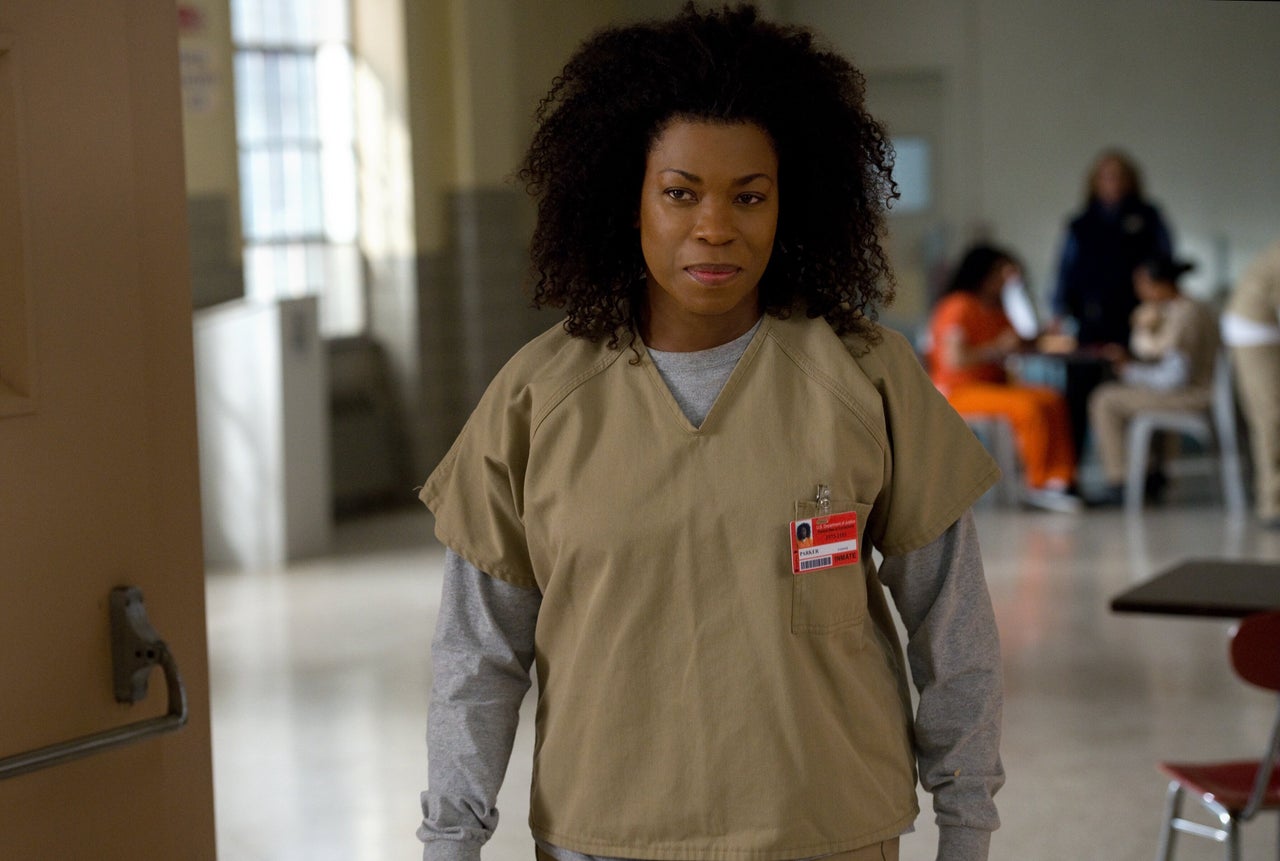
When you were planning out season two, what made you want to kill Vee off at the end of it all?
I think for Taystee’s story, for her to feel like she was finally free in some ways – I mean, she’s in prison, but Vee was a person that was keeping her down. And it was nice to be able to put that to an end, so that the character could evolve on her own.
Vee was such a brilliant character, does any part of you regret killing her off?
Listen, it’s hard every time we have to kill someone. We don’t love a body count, like some shows might, but we don’t love to do that. So when we do [kill someone off], we want to make sure it’s for good reason.
Vee was really an ultimate villain that, while Lorraine was amazing and we miss that character just in terms of the evil writing that we got to do, I don’t think any of us were mourning her death, necessarily.
Is there anyone you regret killing off at any other point in the series?
No, I don’t think regret [is the right word]... I mean of course we were sad in season one, with the character of Tricia. We had written that character, we knew what her end was going to be, and then when we cast [Madeleine Brewer] and worked with her and the character developed, we did have a hard time moving forward with what was her inevitable ending.
But those are the stories that resonate, because you love [those characters], and you’re rooting for them. They’re all really hard, but I don’t regret them, because of the stories we were able to tell through them.
Pennsatucky and Big Boo become unlikely friends
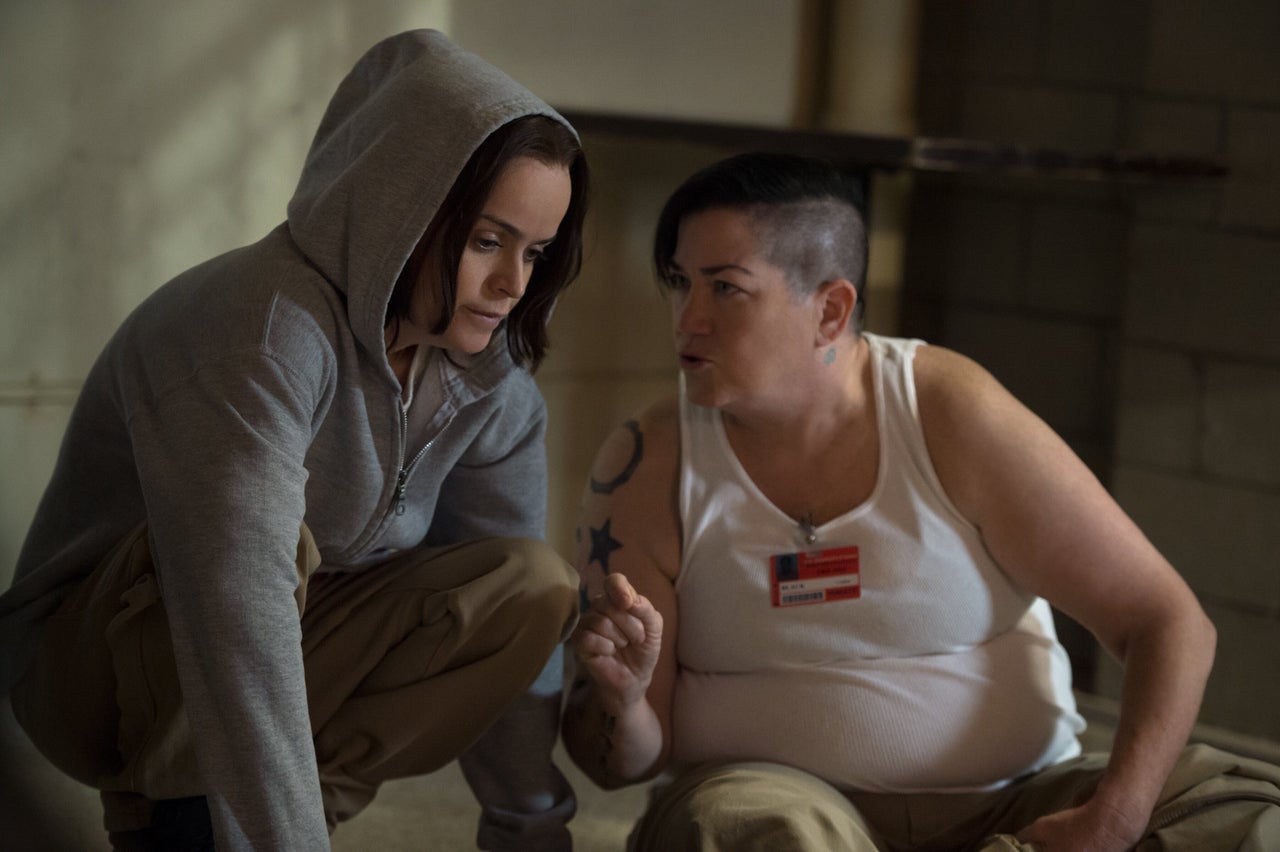
I know this is a friendship that’s very popular with fans, how did it come to be that those two characters would find each other?
It’s funny that it’s often pointed out that we do that “unlikely pairing” thing, but I don’t think that we ever sit down and go “oh who would be so interesting or crazy together”? But I know that one of the first moments [between Pennsatucky and Big Boo] was when Pennsatucky was having like a little funeral for all of her abortions, and Big Boo was with her and they were sharing a candy bar, and I think sometimes it happens when we see the dailies or the cut and we go “this is a kismet relationship, let’s keep this going”.
What is it with that relationship that you think people have warmed to?
On both sides, in any other situation those two would hate each other, there’s no reason that they should like each other, and yet they each have a soft spot for one another in their hearts. I think that’s what’s beautiful.
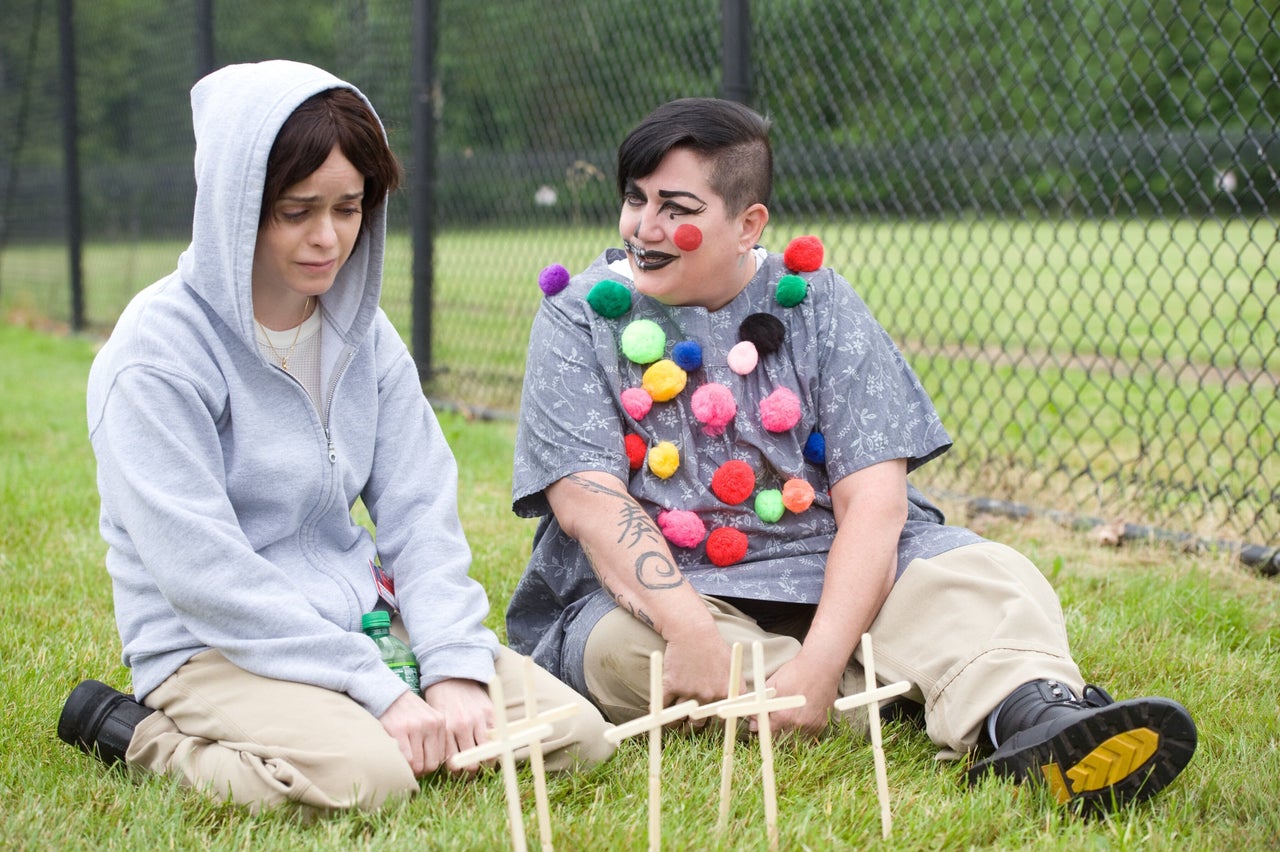
Did you always have it in your heads that we would end up sympathising with Pennsatucky, because she’s pretty much the villain of season one?
Yeah, I think of all the character arcs I might be most proud of that one, of where we took that character and the truths that she discovered. But sadly, it’s hard to grow past trauma when you’re locked up, and we want to tell as many truthful stories in that regard as we could, we didn’t want to leave the series giving people false hope that this’ll be OK, people will be OK, things are changing, because they’re not.
Poussey’s death
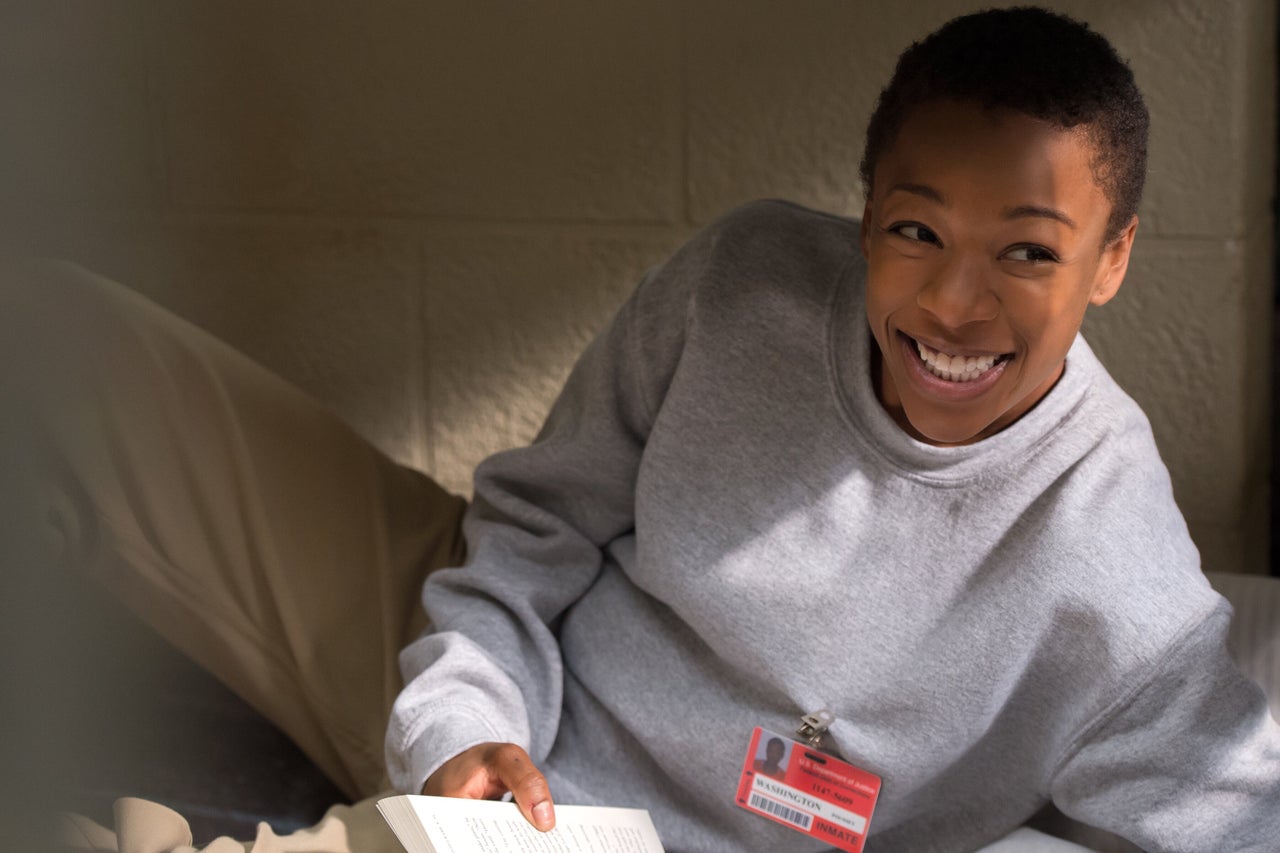
Well on that note, let’s talk about Poussey’s death, which I think is what we’re going to remember the most about Orange Is The New Black. What was the mood like on set filming that scene?
It was brutal. We had told Samira early in the season [that her character would die], so she’d held onto the secret for a long time. And when the script finally came out, she had been able to sit with it and we’d had a lot of conversations with her, but for her peers and friends it was the first they were hearing of it. She was doing more work telling them “it’s OK, I’m going to be OK” because they were all up in arms over it.
But that day was very serious and sombre. You could imagine with all the characters that often set life is playful and dare I say rambunctious at times, but that day was given a lot of respect. It was a long, long day, Matthew Weiner was directing that episode and he just did a beautiful job. We were shooting long into the night, and everybody was there and like I said, it was very respectful.
When Samira left the set what was it like knowing it was going to be for the last time?
Well, it wasn’t for the last time! We did see her again, and that is the beauty of Orange Is The New Black, we flashback and see people again. But the actors especially, those season one OG actors, they’re all so very close, and I think everybody knew that that wasn’t going to change. It was going to be sad to not have Samira around, but it was definitely not going to be, like, a ‘goodbye’.
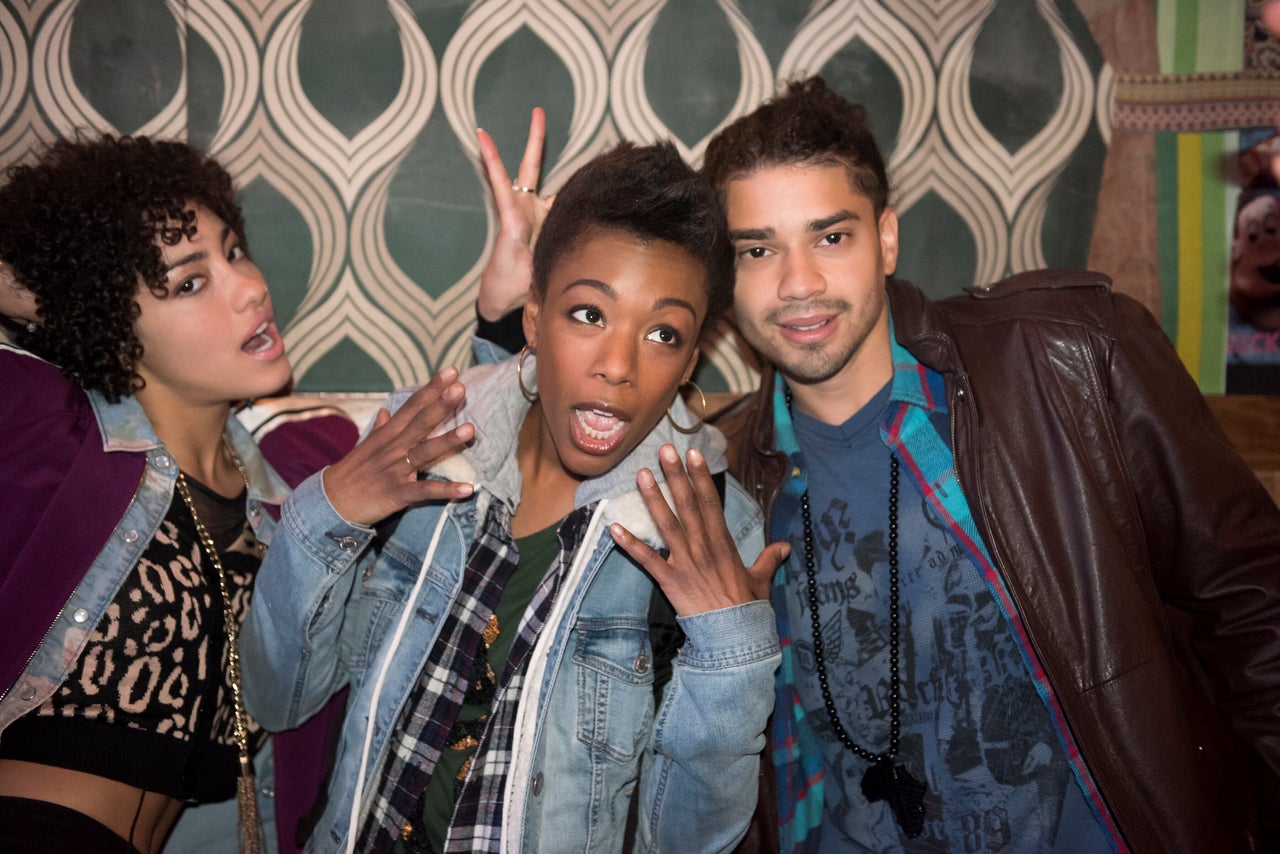
You mentioned earlier that you don’t want to give characters a happy ending, because this is a prison drama, and that’s not how things work. Was that why Poussey was the character you chose to kill off? She was popular with fans, so it would be a real blow?
Yes, in a lot of ways she was kind of the heart and soul of the series at that point. And pure. So we knew her death would have a big impact. And we definitely wanted to tell a Black Lives Matter story, in our own way.
The prison riot
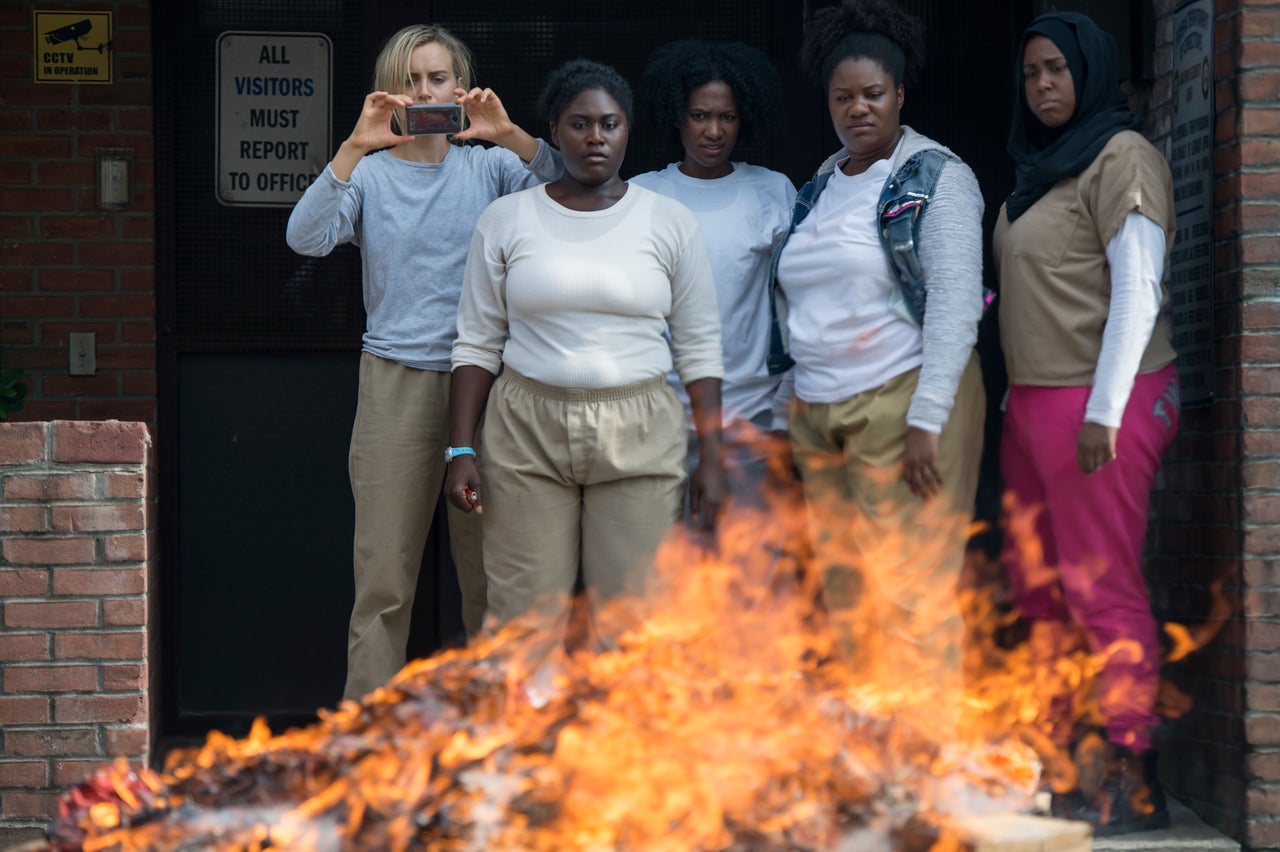
Orange Is The New Black’s fifth season introduced the prison riot, spreading the whole season out over three days. Did that make production easier or more difficult?
Oh, so much more difficult! Oh my goodness. You know, that season gets mixed reviews, and it was ambitious… but I’m really proud of it.
What really breaks my heart is that it didn’t get more attention just from a production standpoint. Everything that went into the scheduling and keeping things consistent… there were times when we’d be shooting three episodes, and they were all supposed to be at night time! It’s not easy. I give a lot of credit to our line producer Neri Tannenbaum – that season just about broke her.
Can you tell me a bit more about the hurdles you had to overcome in making a season that was so unique?
Story wise, we just wanted to make sure that you still felt like you were getting stories that would have felt like they took over two months, like a season normally would. We didn’t want to stamp on stories. So that was hard, because it was just a couple of days, how much have people changed really? It was hard to give characters a lot of growth. But we leaned hard on flashbacks in that season and amped up the dramatisation of the riot. Like I said, I’m proud of that season.
My big take-away from that season was how amoral all of the characters were, as it was a situation where no one was really in the right. Was that the intention?
Totally 100% yes. Even in the room, people would be going back and forth on sides, people would be split. It would be a cause for a lot of arguments.
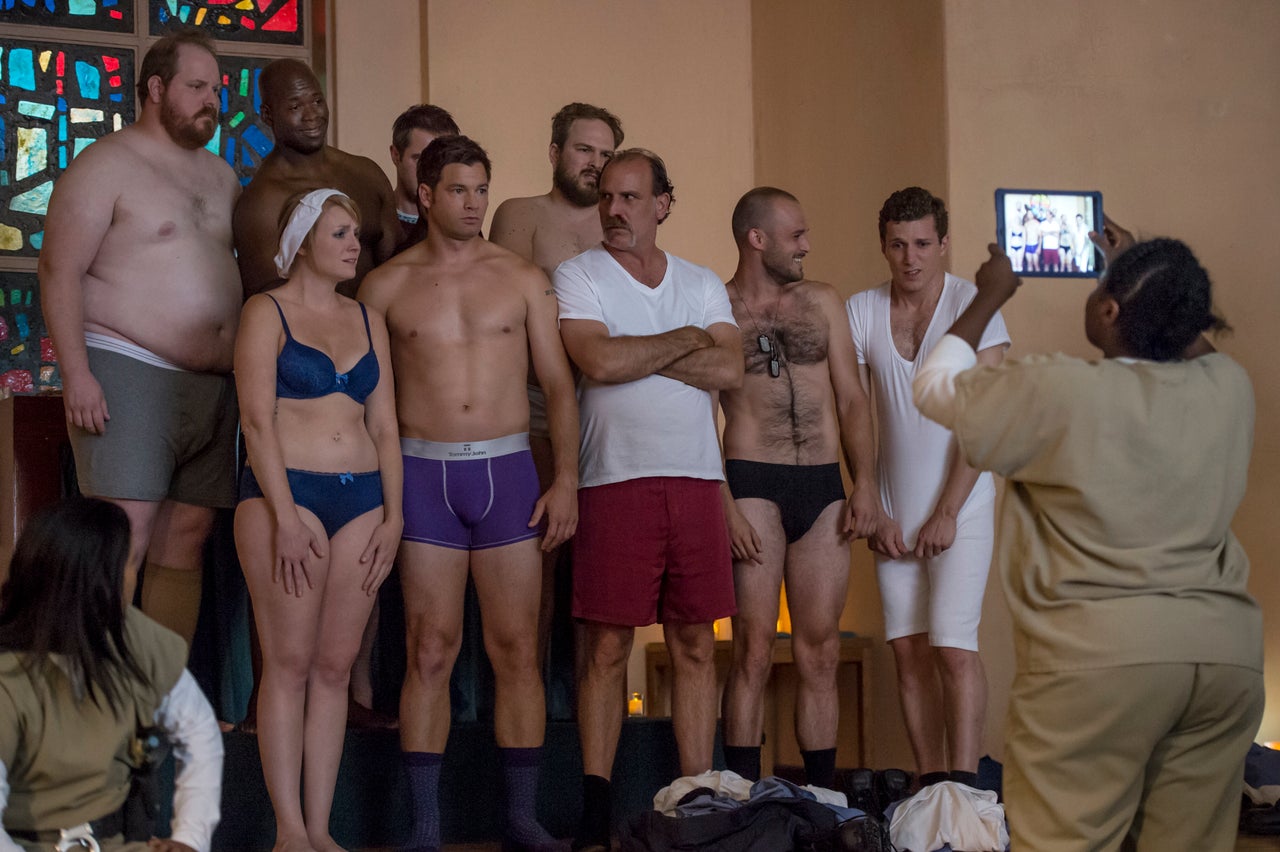
Were there things people wanted to include that ultimately didn’t make it in, for that reason?
That season was tricky, we had a lot of new writers on staff and when you have writers that weren’t there from the beginning and didn’t create the characters, there can be a tendency to… well, I talked earlier about how we don’t always want a high body count, and I think given a riot and wanting to keep the energy and momentum up, you can often rely on killing or hurting people. So we did have to do a lot of holding [the writers] back from killing off more people! Just for the sake of amping up the stakes.
And also we’re talking about women, we wanted to tell the story of a riot, and we wanted them to be taken seriously. And men in this situation do turn violent, they turn on each other often, those are the big news headlines, that it just gets bloody inside among the prisoners. So when we’re telling the story of a riot – women don’t riot that often, but we wanted our characters to do that, and so it’d be easy to go to that side and go ‘let’s just have them all fight amongst themselves’, but we tried to keep things where either you were on the side of the riot or you are a peaceful non-participant. We tried to keep the inner conflicts out of the riot.
The inmates are separated after the riot
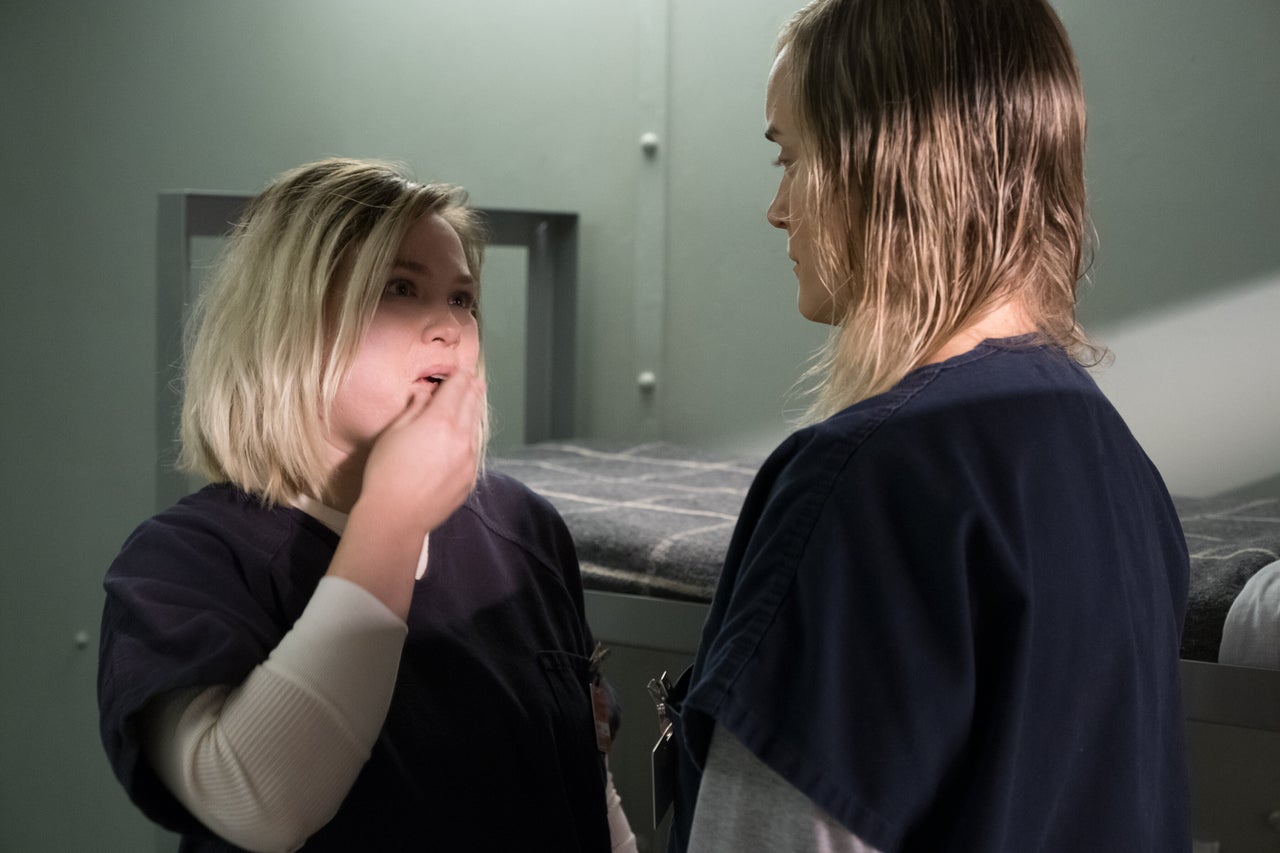
After the riot, everyone gets split up, and obviously that was a very controversial decision. Should we expect some reunions in season seven?
Yeah! There are some reunions, and we touch in on a few of the characters that people might have missed. And yes, it was a controversial decision on the inside too. Just like we had to move forward with the riot, there had to be consequences.
What was the thinking behind which characters we stayed with and which were sent off to other prisons?
Frankly, it sort of happened organically that the story led us to put certain characters down in... well, it was actually the pool! And so those were the characters that we saved... It was sort of us coming into that season saying “well, I guess those people went somewhere else”.
Were you surprised by the fan backlash to that decision?
No, not surprised at all. People, especially Orange fans, love their characters! And I get it, I would be pissed too, if one of my favourite shows lost one of my favourite characters. But hopefully we still provided some great entertainment.
Taystee’s trial
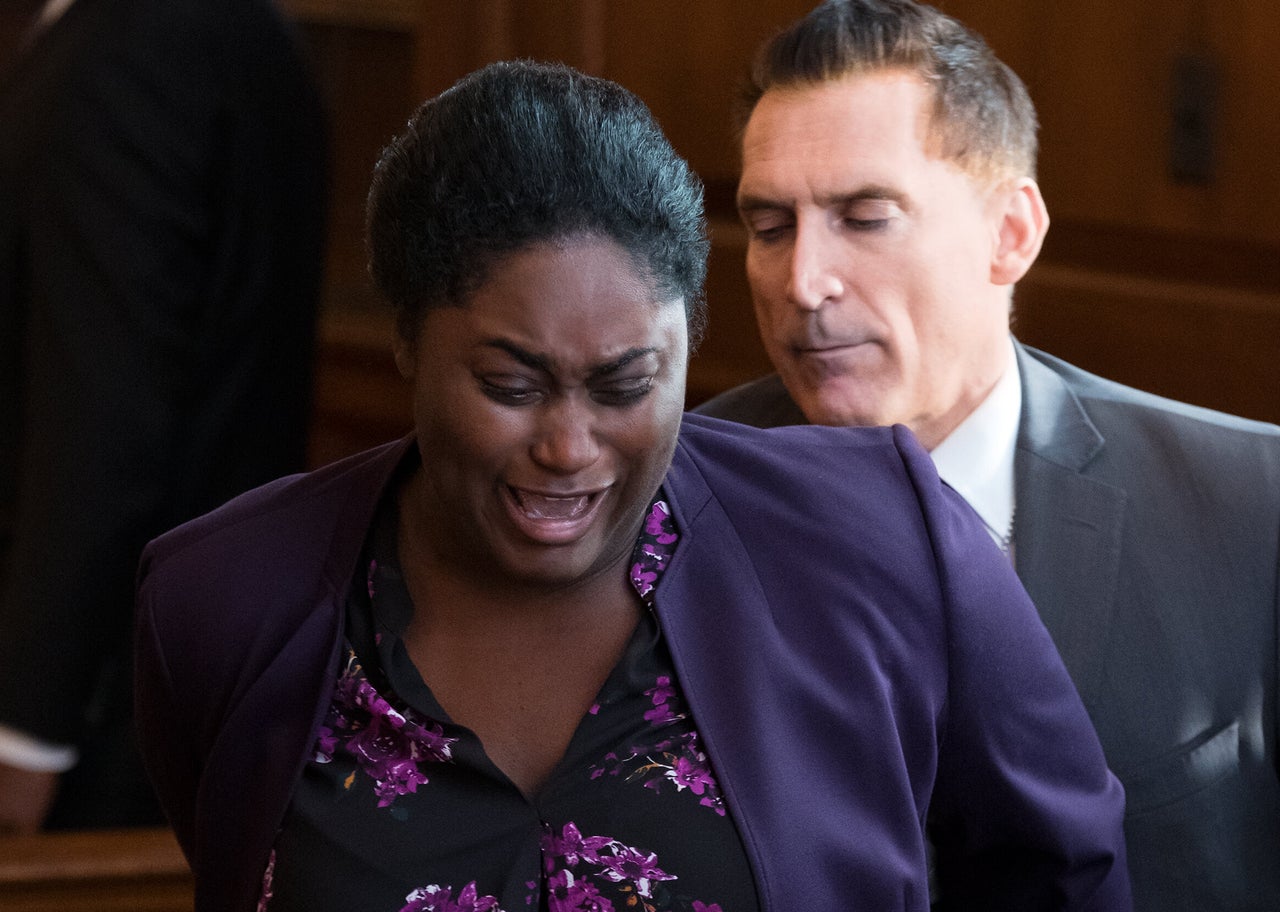
Let’s talk about the moment Taystee gets her verdict. I loved the way that was done, with a close-up on Danielle Brooks’ face with no sound. Where did that idea come from?
That was Brian Chamberlayne, who wrote the episode. He had scripted something very close to that, and then we worked back and forth nailing down with the idea that exact sound, and I think it worked so well. The judge definitely reads out the verdict [aloud] and people in the room were uproarious, but the way it was scripted just said “it feels the air has been sucked out of the room”.
From the last seven series, what has been the biggest headache production-wise?
The lake [from the series three finale]. I wasn’t there, but apparently the lake was freezing that day. And in general, we shot in New York and the series really the length of the series only goes about 15 months over seven seasons, so in terms of the weather, we were only technically supposed to go through one winter.
So we did do a lot of fake VFX, we would add green when it was actually dark. In the lake scene, we had to add leaves to the trees to actually make you believe it was still summer. And it was freezing, and those poor actors were out there wet and cold.
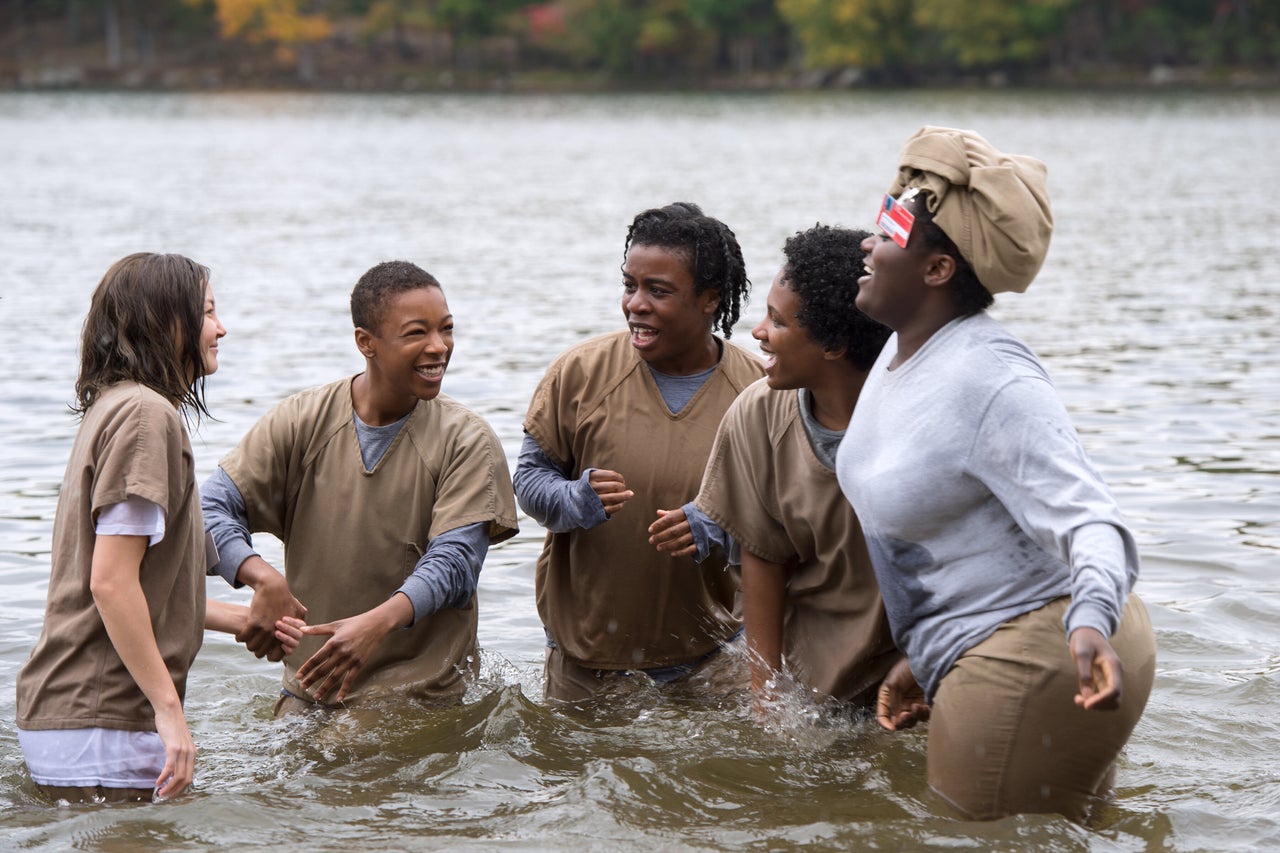
On the subject of the time frame, were there times you’d have to hold back on making pop culture references, since you were supposed to still be in 2013?
We did follow that rule until about season five, we started to get a little looser with it, with books we featured that technically wouldn’t have come out at that time, and then by the final season we just threw it all out the window and said “time is irrelevant on this show”.
The final season of Orange Is The New Black is available now to stream on Netflix.
